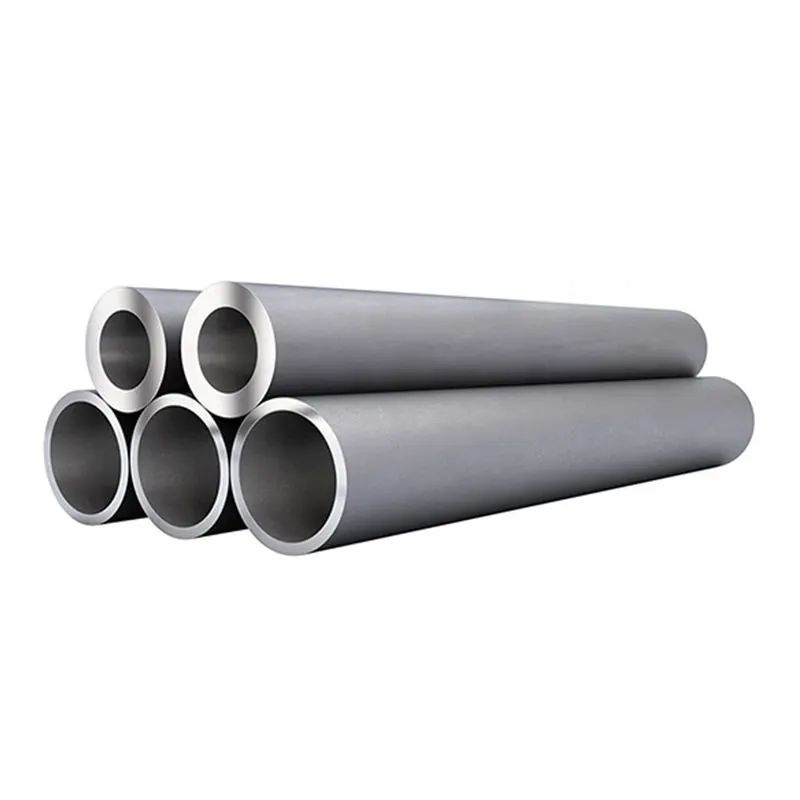- English
- Español
- Português
- русский
- Français
- 日本語
- Deutsch
- tiếng Việt
- Italiano
- Nederlands
- ภาษาไทย
- Polski
- 한국어
- Svenska
- magyar
- Malay
- বাংলা ভাষার
- Dansk
- Suomi
- हिन्दी
- Pilipino
- Türkçe
- Gaeilge
- العربية
- Indonesia
- Norsk
- تمل
- český
- ελληνικά
- український
- Javanese
- فارسی
- தமிழ்
- తెలుగు
- नेपाली
- Burmese
- български
- ລາວ
- Latine
- Қазақша
- Euskal
- Azərbaycan
- Slovenský jazyk
- Македонски
- Lietuvos
- Eesti Keel
- Română
- Slovenski
- मराठी
- Srpski језик
What are the production processes of austenitic stainless steel pipes?
2024-08-16
The production process of austenitic stainless steel pipe mainly includes the following steps:
1. Raw material preparation
Raw material selection: The main raw materials of austenitic stainless steel include metal elements such as iron, chromium, nickel, molybdenum, and copper, manganese, silicon, titanium, aluminum and other elements that may be added. These elements need to be mixed in a certain proportion to obtain the required composition and content of the charge.
Pretreatment: The raw materials are subjected to necessary pretreatment, such as cleaning and drying, to ensure the purity and machinability of the raw materials.
2. Charge mixing and smelting
Charge mixing: The prepared raw materials are mixed evenly according to the formula ratio to obtain the alloy of the required composition.
Smelting: The mixed charge is placed in a high-temperature furnace and heated to melt it and reach the required temperature so that the elements can be fully exchanged and fused. During the smelting process, electric arc furnaces, induction furnaces and other equipment may be used, and refining technologies such as argon oxygen decarburization (AOD) or vacuum deoxidation and decarburization (VOD) may be combined to control the alloy composition and temperature to ensure that the alloy composition meets the standard requirements.
3. Casting and molding
Casting: Pour the molten alloy into a continuous casting machine or mold, and mold it through continuous casting or mold casting to form semi-finished products such as tube billets or plates.
Molding: Further molding of the tube billets, such as perforation, rolling, etc., to make austenitic stainless steel pipes that meet the requirements.
4. Heat treatment
Solution treatment: The formed stainless steel pipes are subjected to solution treatment, that is, the pipes are heated to a certain temperature and kept warm for a period of time, so that the alloy elements are fully dissolved in the matrix to form a uniform austenite structure. The pipes after solution treatment have good corrosion resistance and mechanical properties.
Annealing: Anneal the pipes after solution treatment to eliminate stress, improve the organizational structure and improve the plasticity and processing properties of the material. The annealing temperature and time are determined according to the specific material and process requirements.
5. Surface treatment
Pickling: Pickle the annealed pipes to remove surface oxides and impurities such as rust and improve the surface quality.
Polishing: Polish the surface of the pipe to improve the surface finish and aesthetics. Polishing is divided into different stages such as rough grinding, medium grinding and fine grinding. The appropriate polishing process can be selected according to specific needs.
6. Inspection and packaging
Inspection: Strict inspection of finished pipes, including chemical composition analysis, mechanical properties testing, surface quality inspection, etc., to ensure that the product quality meets the standard requirements.
Packaging: Pack and transport qualified pipes for storage and use.
The above is the main production process flow of austenitic stainless steel pipes. It should be noted that the specific production process may vary depending on factors such as the manufacturer's equipment and process level, product specifications and quality requirements. In the production process, it is necessary to strictly control the process parameters and quality requirements of each link to ensure the performance and quality of the final product.




